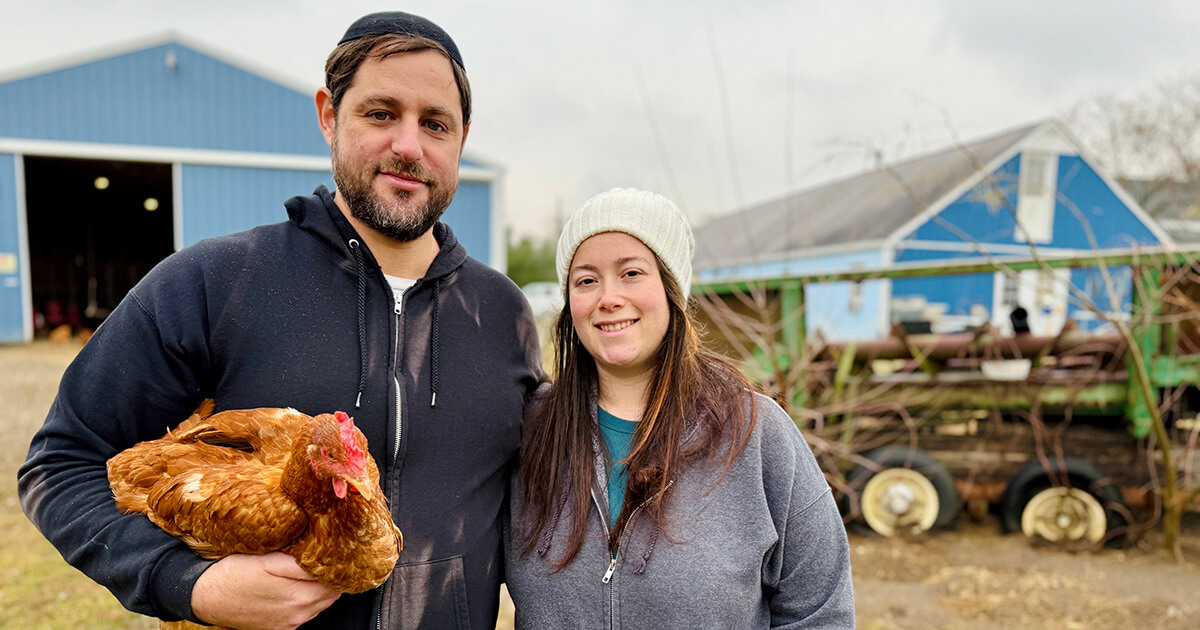Controversial Memorial Unveiled at Belzec
The notorious Nazi death camp at Belzec in Poland was rededicated last week as a shrine to the dead, in the presence of 1,000 witnesses from Israel, Germany, Poland and America.
The centerpiece of the new $5 million memorial is a controversial, 600-foot walkway descending 30 feet into the ground, its walls lined with names of the victims.
For Norbert Dikales, 75, the walk down that pathway was a descent into a nightmare. Dikales had come from his home in Bethesda, Md., to visit for the first time in his life the place where his parents and most of his family were killed. They were among the estimated 600,000 Jews murdered there between 1942 and 1943 in the most brutal Nazi killing camp outside Auschwitz. Dikales himself had been sent by his parents to France to escape the Nazis.
After attending the June 3 dedication ceremony, Dikales spoke tearfully of the experience. “I wish my parents could have seen this,” he said in a phone interview.
The ceremony drew approximately 1,000 people, including Polish President Alexander Kwasniewski; top officials from Israel, Germany and the United States; and several hundred Holocaust survivors and their families. Four hundred Israeli army officers led the first group of visitors to enter the walkway.
The opening of the memorial not only opened a new chapter for the once-ignored site, but also — for now — ended a highly charged debate over the memorial’s construction.
The three-hour ceremony, broadcast live on Polish TV, capped a multiyear battle over whether the construction of the walkway that Dikales and others walked down would desecrate the remains of the dead.
The ramp, and the trench dug to construct it, cut through an area suffused with bone shards and ash, left over from when the Nazis burned their victims in an attempt to hide the murders. Most inmates were Jews deported from the nearby Galicia region of southern Poland.
Opposition to the memorial ramp began in 1998 when builders began test drilling at the site to determine where the human remains lay so that they could be avoided during construction.
Foes said the test drilling couldn’t help but disturb the remains. Last year, Rabbi Avi Weiss, president of the New York-based AMCHA-Coalition for Jewish Concerns, went to Belzec to try to block bulldozer operators from working on the memorial. Weiss said the construction was unearthing yet more Jewish remains.
Even as the memorial opened this week, Weiss, who has a federal lawsuit pending against it, vowed to continue his efforts.
“It’s not over,” Weiss said in an interview. “There will be serious study and investigation of the trench, and I intend to continue to speak out to make sure this never happens again.”
At the ceremony, Kwasniewski said, “This whole Jewish universe of Galicia was wiped off the map and buried in this grave,” the Associated Press reported.
The site had been neglected for decades. The remains of the dead were left to the mercy of the elements, trash covered the empty fields and residents of nearby towns would use the area as a pedestrian shortcut.
The memorial, a project funded in equal parts by the Polish government and private donations raised by the American Jewish Committee, was meant to mark the site and protect the remaining evidence of the killings that took place there. The building consists of the controversial ramp surrounded by walls inscribed with the names of some of the victims of what the AJCommittee said was the first Nazi gas chamber.
“The monument is the emotional equivalent of the Vietnam memorial” in Washington, said Barry Jacobs, AJCommittee’s director of strategic studies.
Solomon Redner, 74, of Philadelphia, said the memorial and the debate behind its construction mean little compared to the fact that he lost his grandparents and other relatives there.
Redner, who, as a child lived and hid in the Jewish ghetto of the city of Lvov, some 50 miles away, said only one thing went through his mind during the ceremony.
“For me, it was a cemetery of my family,” he said after the Belzec ceremony.
Dikales, who was born in Berlin and whose parents sent him on a Kindertransport to France, brought his wife, two children and 19-year-old grandson to the ceremony.
Almost 10,000 children, mostly Jews, from Germany, Austria and Czechoslovakia were saved in the Kindertransports when Britain granted entry visas to children between 1938 and 1940.
Dikales said his brother, his only relative to have survived the Holocaust, had visited the site a decade ago, before his death, and described himself as “scandalized” by its condition.
“He was so upset, he took back soil in a bottle to bury properly,” Dikales said. “We found little pieces of human bones in it.”
Dikales said his family was deeply moved by the ceremony, especially when rabbis and cantors recited Kaddish, the traditional prayer for the dead.
“How can you express the horror of more than half a million people killed in one little place?” he said.















